The solution
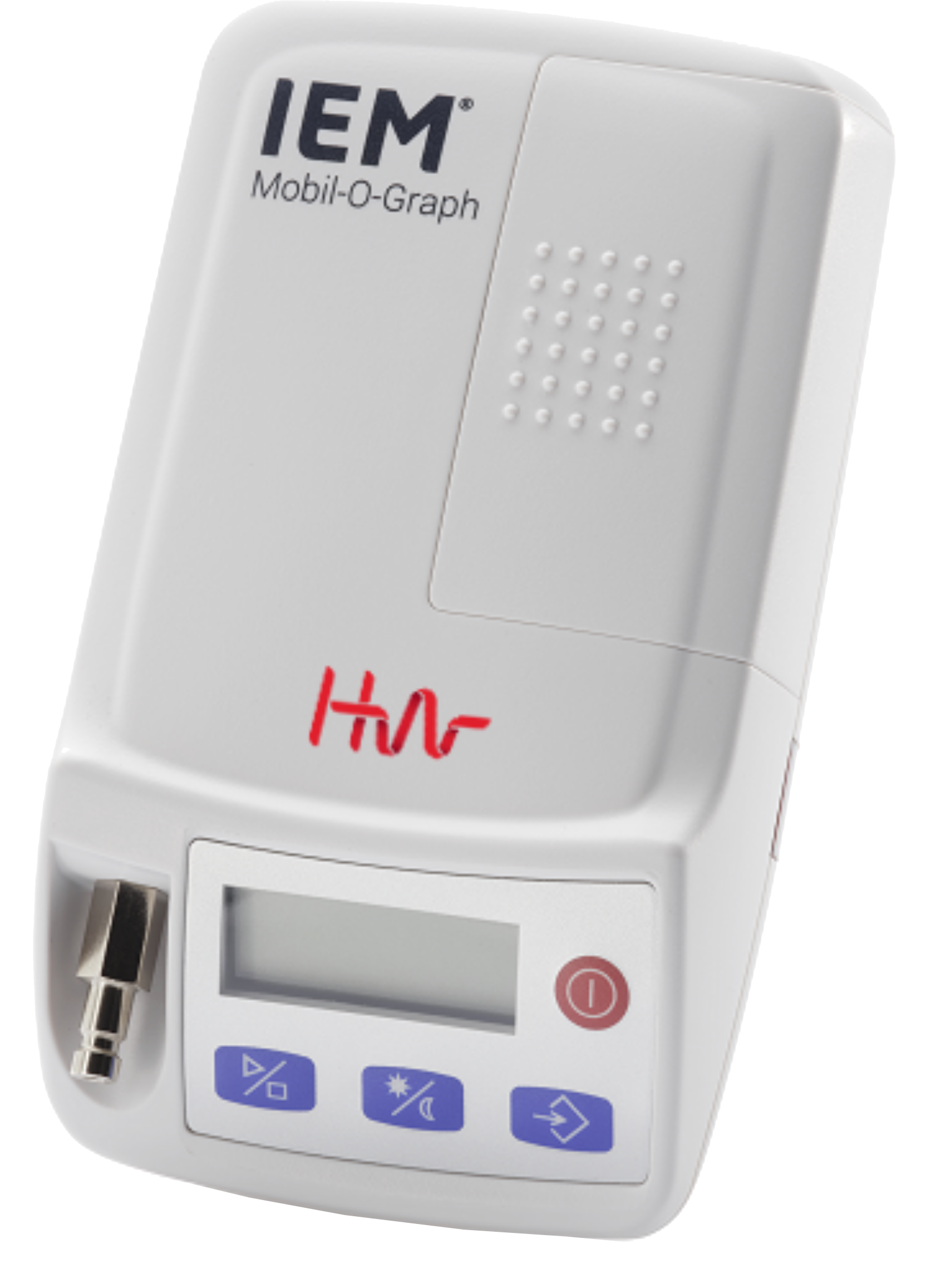
Since high blood pressure can either spike up falsely or ‘hide’ when being measured, the solution is to monitor it over a period of time and not just test it as a one-off event.
That is precisely what the Healthwatch Ambulatory Blood Pressure Monitoring (ABPM) service does. It monitors your blood pressure over 24 hours, including during your sleep, so there’s no room for doubt and only clarity all the way.
With all the variables accounted for and vagaries cancelled out, you can then have a reliable reading based on which your doctor can determine an appropriate course of action.
There is now ample evidence that ABPM is a much stronger predictor of cardiovascular morbidity and mortality than conventional measurement.
Analysis by British researchers at the University of Birmingham found that ABPM was the most cost-effective way of diagnosing hypertension. This has been demonstrated by the National Institute of Health and Clinical Excellence (NICE) in the UK. The process – from diagnosis, to antihypertensive therapy and management of any ensuing cardiovascular disease – was compared with other strategies. The use of ABPM led to significant savings, largely through better targeting of treatment as a result of increased diagnostic accuracy.
Blood pressure measurement
through history
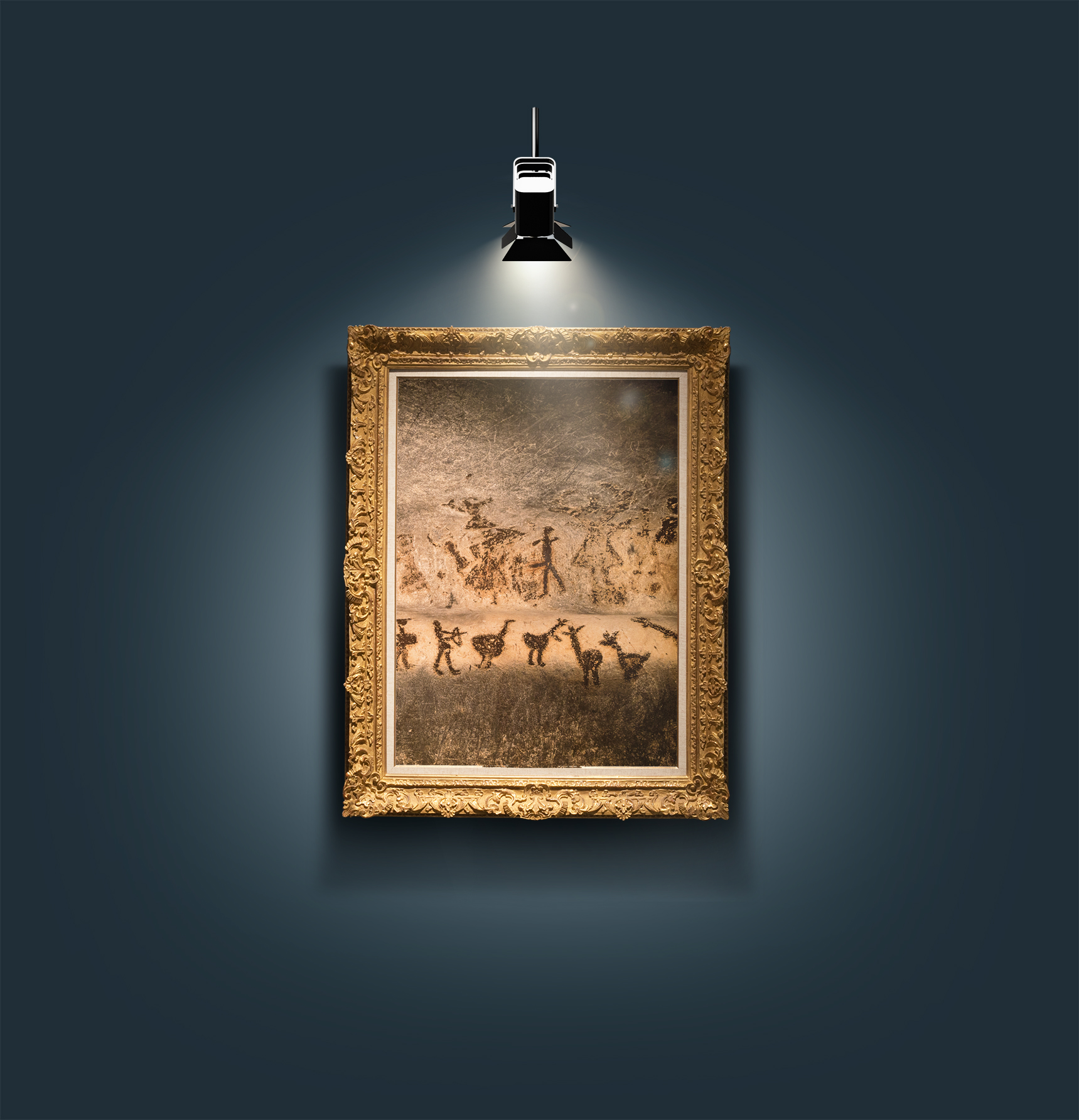
Stone age
Cave paintings in Spain show the heart as a vulnerable organ.
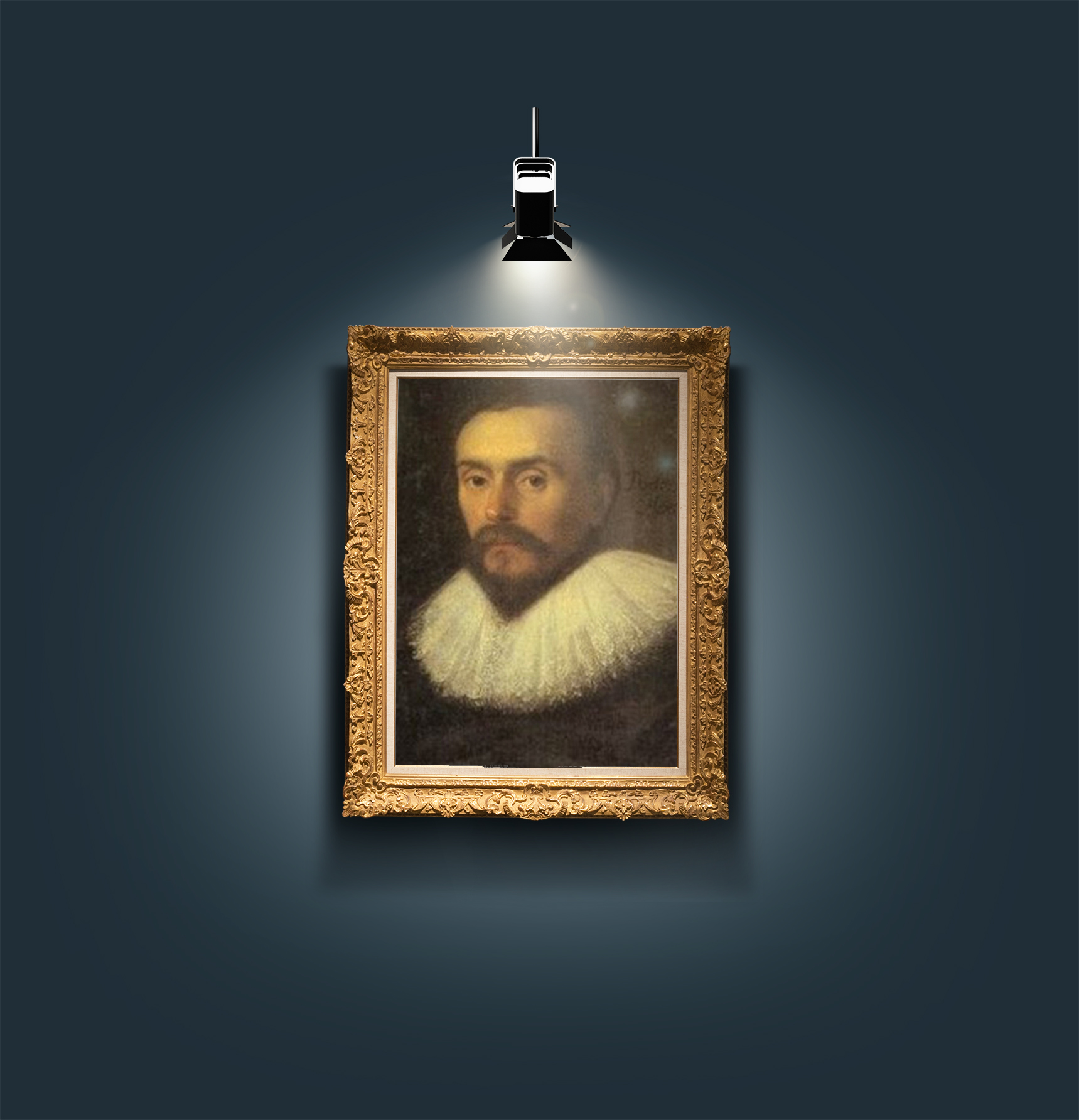
1628
William Harvey’s description of blood circulation founds the science of cardiology.
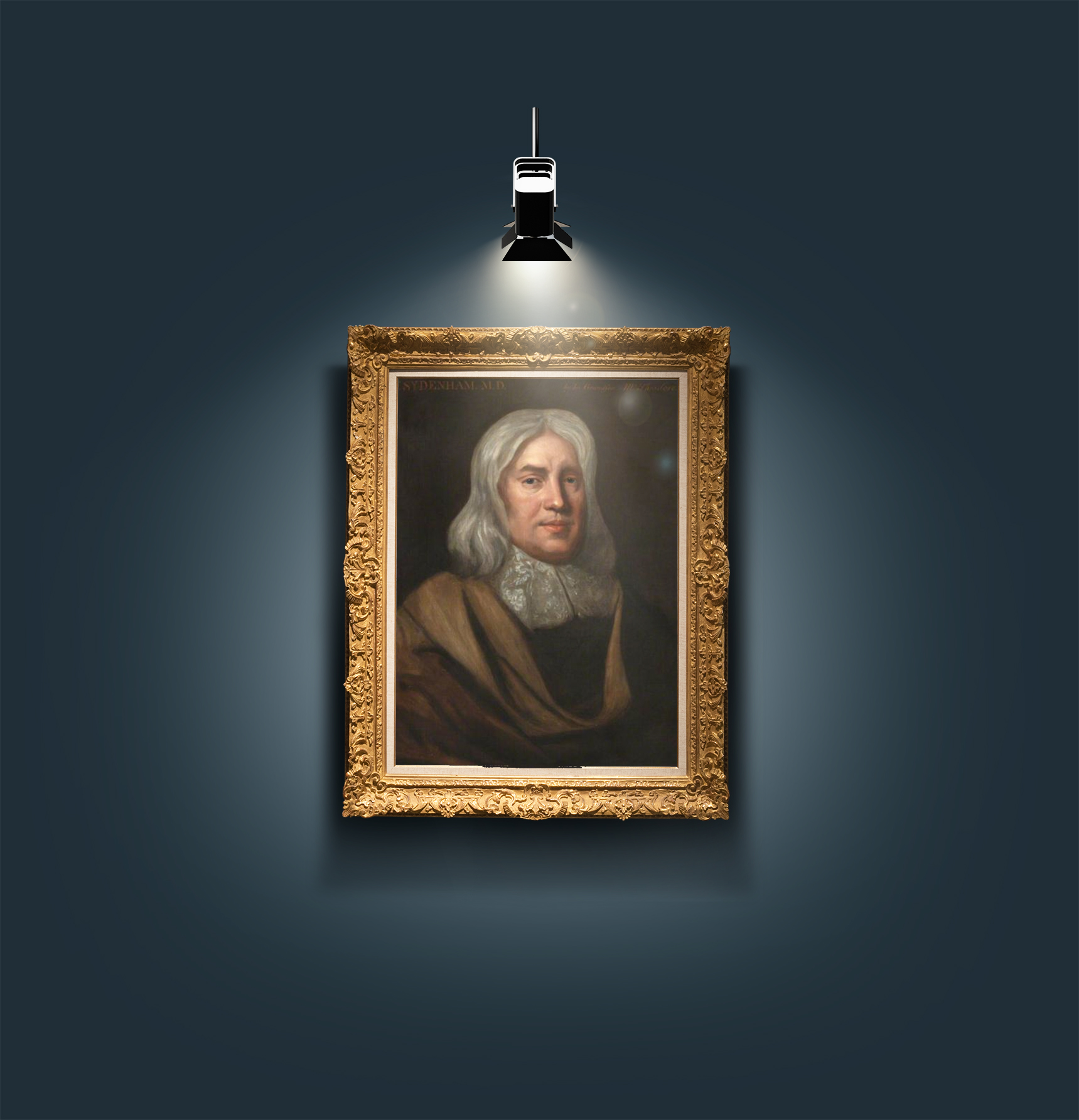
1628
Thomas Sydenham makes the visionary statement that, “A man is as old as his arteries”.

1896
Riva-Rocci describes a technique for measuring blood pressure indirectly.

1940
Ayman and Goldshine describe a technique for home-blood pressure measurement and demonstrate that blood pressure in the clinic and at home differ.

1962
Hinman et al. describe a technique for ABPM.

1966
Sokolow et al. show that ABPM measurements better-correlate with cardiovascular morbidity than measurements made in the clinic.
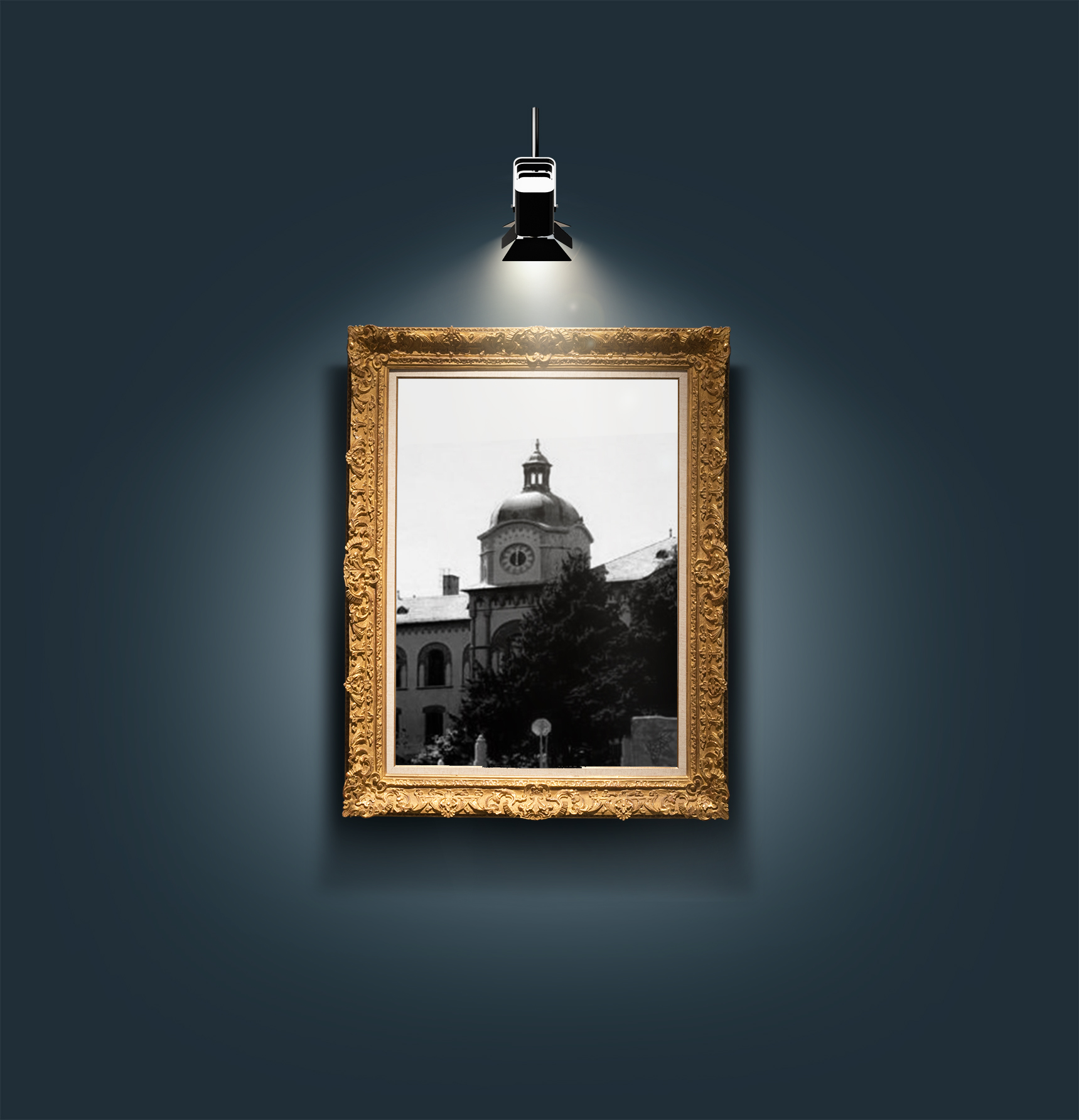
2007
The ESH/ESC states that ABPM should be the preferred method of diagnosing hypertension.

2013
The European Society of Hypertension lays out guidelines and procedures for ABPM and extolls the value of it.
The proof that it works
Since high blood pressure can either spike up falsely or ‘hide’ when being measured, the solution is to monitor it over a period of time and not just test it as a one-off event.
That is precisely what the Healthwatch Ambulatory Blood Pressure Monitoring (ABPM) service does. It monitors your blood pressure over 24 hours, including during your sleep, so there’s no room for doubt and only clarity all the way.
With all the variables accounted for and vagaries cancelled out, you can then have a reliable reading based on which your doctor can determine an appropriate course of action.
There is now ample evidence that ABPM is a much stronger predictor of cardiovascular morbidity and mortality than conventional measurement.
Analysis by British researchers at the University of Birmingham found that ABPM was the most cost-effective way of diagnosing hypertension. This has been demonstrated by the National Institute of Health and Clinical Excellence (NICE) in the UK. The process – from diagnosis, to antihypertensive therapy and management of any ensuing cardiovascular disease – was compared with other strategies. The use of ABPM led to significant savings, largely through better targeting of treatment as a result of increased diagnostic accuracy.
Conventional blood pressure monitoring
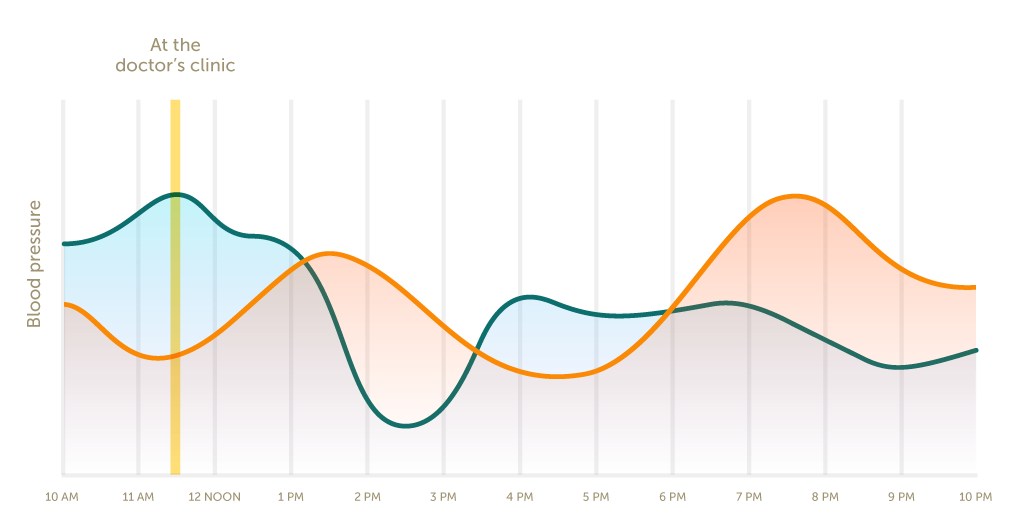
Ambulatory blood pressure monitoring
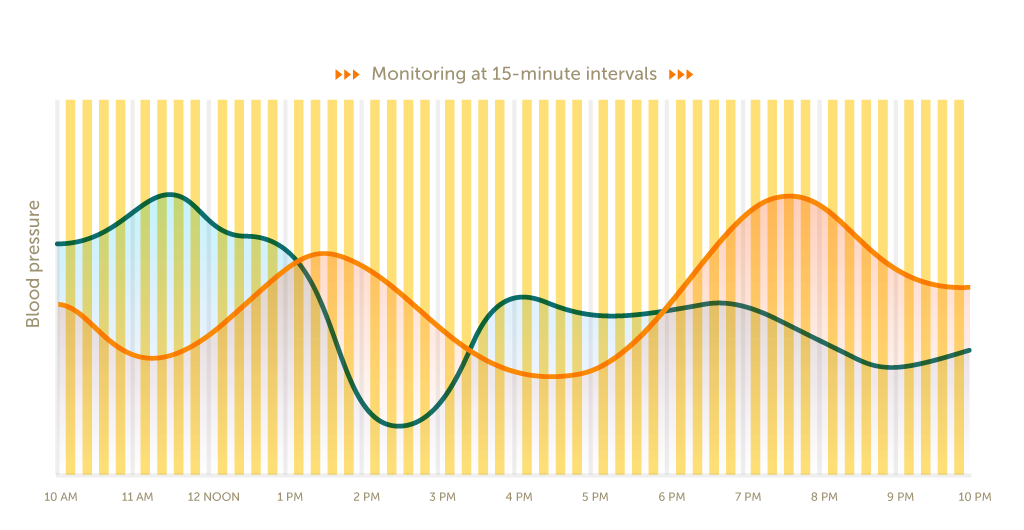
How our ABPM service works
We visit you and hook up the device to your arm.
The device records your blood pressure every 15 minutes during the day as you go about your regular activities, and 30 minutes during the night, when you’re asleep.
You wear it to bed at night, when it continues to monitor your blood pressure.
After 24 hours, we visit you again to retrieve the device.
We download the data and send you and your doctor a detailed report on the same day*.
Whom is it for?
Patients with
- Cardiovascular complaints
- Obscure headaches
- Vertigo
- Diabetes
- Limited Renal function
OR patients already on
- High-blood-pressure medication
Why it is good
From Step 1 to Last at Your Doorstep.
No need to step out of your home to have your blood pressure monitored; this is an entirely at-home service
Not in a Rush to Measure the Rush of Blood.
Accurate and reliable blood pressure insight due to 24-hour monitoring under real-world conditions, as against the extremely unreliable one-time reading system in an artificial situation, thus validating the efficacy of antihypertensive medication you need or are already under.
Finger on Your Pulse. Even When Your Finger Is on Snooze.
Measures nighttime blood pressure, thus reporting any ‘non-dipping’, a failure of your body to drop blood pressure at night, which can be a sign of impending heart trouble (‘cardiovascular events’).
No Need to Lose Sleep over It.Just Sleep Over It.
Wearing the device is easy and comfortable, and barely audible pumping noises and automatic pressure adjustment ensure that your sleep isn’t interrupted by it.
From Darkness to Light. And Light to Action.
Armed with the truth about your blood pressure, your doctor can take the best decisions for your health.
Questions Asked Frequently, Answered Promptly.
a. Establish a diagnosis of high blood pressure (hypertension)
b. Eliminate the possibility of inaccuracies in your blood pressure reading due to the ‘white coat effect’
c. Decide if blood pressure medication, or any change to your current medication is required
d. Help to decide whether any change to your medication is required
e. Specifically measure your night-time blood pressure
The machine then takes blood pressure readings at regular intervals throughout the day. Normally this is around every 15 minutes during the day and 30 minutes at night.
If asked, you will need to keep the monitor on throughout the night; many people put the machine under the pillow or on the bed while they sleep. At the end of the monitoring period we will visit you again to remove the machine, download the data, and send you and your doctor the report.
Contact Us
We’re Just a Few Keys Away.
Please fill this form, and we'll get back to you in a heartbeat.
Subscribe
Join our mailing list to never miss an article.
